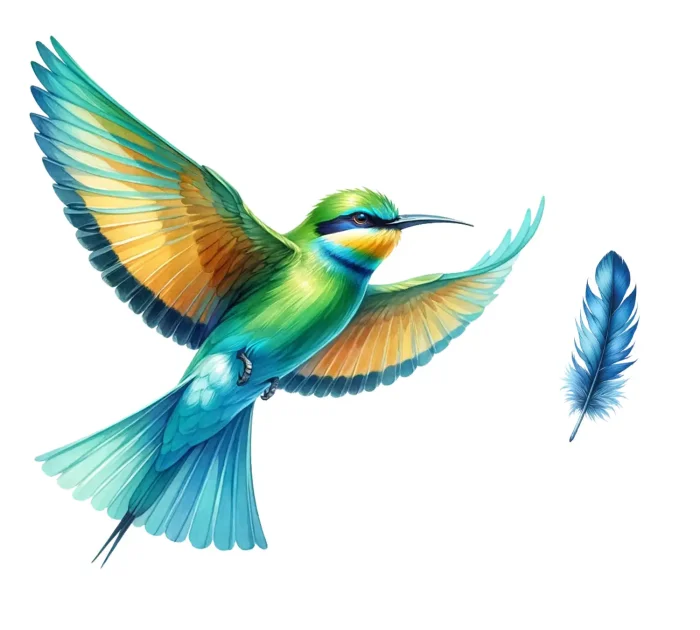

Bee Eater
Green bee-eater, Merops apiaster, Blue-cheeked bee-eater
Merops apiaster
This page may contain affiliate links.
Read our disclosure and privacy policy here.
Bee-eaters are vibrant and striking birds, famous for their vivid colors and graceful aerial maneuvers. Found across Africa, Asia, Europe, and Australia, these birds bring a splash of color to the skies with their green, blue, and chestnut feathers. What makes bee-eaters truly fascinating is not just their beauty but their incredible skill at catching bees and other flying insects mid-air during their swift flights. These birds are not only a delight to watch but also play a critical role in their ecosystemsAn ecosystem is a community of living organisms, like insects and birds, and non-living components, like water and rocks, that interact with each other in a specific area. Learn More, helping control insect populations.
Bee Eater

There’s a lot to explore right where we are, in our own neighborhoods and backyards! Join us while we get off the couch and explore the everyday wonders of nature, science, space, engineering, art, and anything else we stumble upon during on our adventures.







